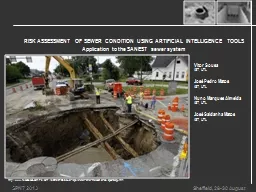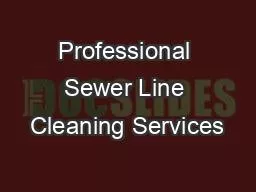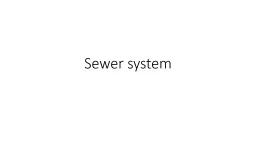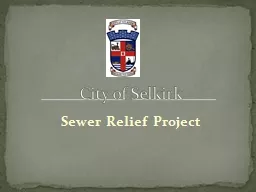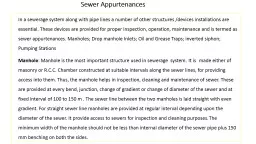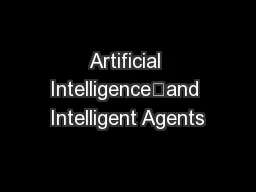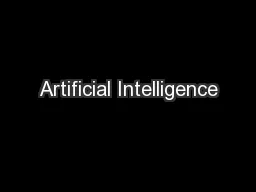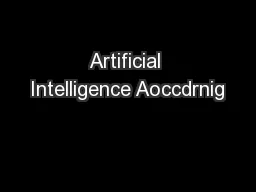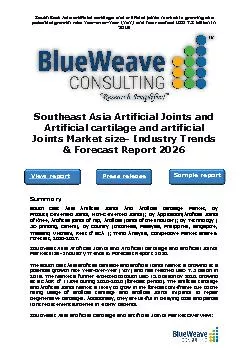PPT-RISK ASSESSMENT OF SEWER CONDITION USING ARTIFICIAL INTELLIGENCE TOOLS
Author : lydia | Published Date : 2021-01-28
Application to the SANEST sewer system Vitor Sousa IST UTL José Pedro Matos IST UTL Nuno Marques Almeida IST UTL José Saldanha Matos IST UTL httpwwwtoledobladecomPoliceFire20130706SewerrepairsstartafterintersectioncollapseCopyhtml
Presentation Embed Code
Download Presentation
Download Presentation The PPT/PDF document "RISK ASSESSMENT OF SEWER CONDITION USING..." is the property of its rightful owner. Permission is granted to download and print the materials on this website for personal, non-commercial use only, and to display it on your personal computer provided you do not modify the materials and that you retain all copyright notices contained in the materials. By downloading content from our website, you accept the terms of this agreement.
RISK ASSESSMENT OF SEWER CONDITION USING ARTIFICIAL INTELLIGENCE TOOLS: Transcript
Download Rules Of Document
"RISK ASSESSMENT OF SEWER CONDITION USING ARTIFICIAL INTELLIGENCE TOOLS"The content belongs to its owner. You may download and print it for personal use, without modification, and keep all copyright notices. By downloading, you agree to these terms.
Related Documents

